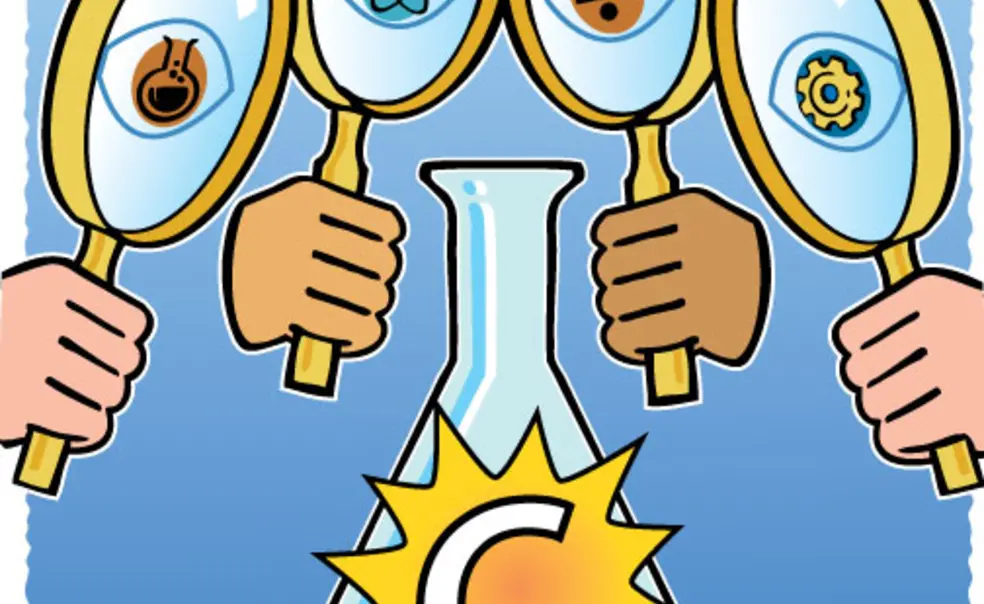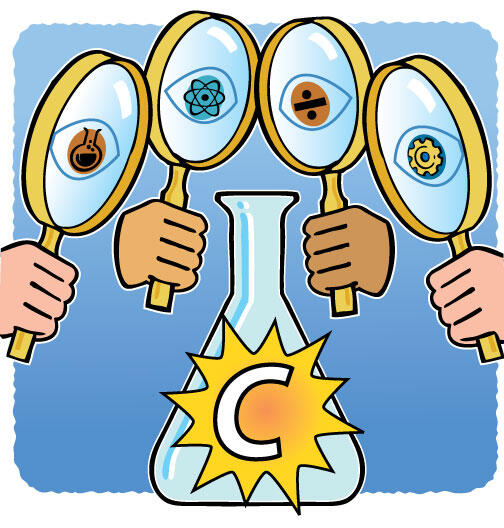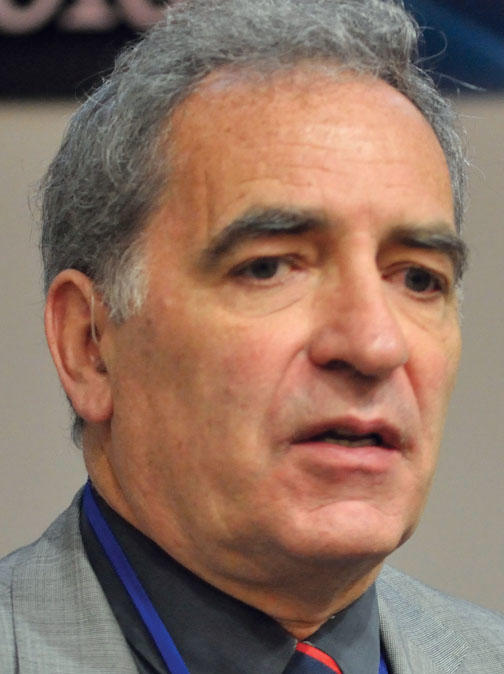BREAKING GROUND: The physics of cancer cells
A NEW APPROACH In 2009, physics professor Robert Austin received a call from the National Cancer Institute, asking him to take part in a new program that aimed to study the physical principles of cancer. The idea was to develop outside-the-box approaches to cancer research by bringing together chemists, mathematicians, engineers, and physicists: “weird guys who are working on strange things” who might provide insight into the disease, Austin said.
Austin is now the leader of the Princeton Physical Sciences-Oncology Center, one of 12 centers in the cancer institute’s Physical Sciences in Oncology program. The team includes electrical engineering professor James Sturm and chemistry professor Salvatore Torquato, as well as biologists, engineers, and physicists from other universities.
METASTATIC CELL PROPERTIES Most cancer patients die as a result of tumors’ spreading to other organs in the body, called metastasis. But scientists don’t understand the properties that are unique to metastatic tumor cells and that allow them to travel through the bloodstream and colonize an organ. Austin and his colleagues recently compared the properties of metastatic breast-cancer cells and non-cancerous breast cells. The Princeton group designed small silicon chambers with micro-sized channels that fit only a single cell and mimic the body’s environment to observe differences in the way these two types of cells move.
The metastatic cells were much more resourceful, able to move through the narrow channels quicker and in a straight line — which could allow cells to break away from a tumor mass and traverse the bloodstream and narrow capillaries to seed a tumor in another part of the body. The cells also tolerated stress such as low-oxygen conditions better than the non-metastatic cells did.
FROM BACTERIA TO CANCER Austin had been studying the evolution of bacterial colonies exposed to antibiotics and saw a connection with the way cancers rapidly evolve resistance to therapies. He currently is working with Sturm on how tumor cells develop resistance to cancer drugs.
WHAT’S NEXT The scientists plan to study the physical properties of tumor cells taken directly from patients. Pathologists evaluating biopsy samples can distinguish tumor cells from healthy ones, but can’t determine whether a tumor cell is metastatic. Austin would like to see a test that can tell whether a tumor contains metastatic cells at an early stage — invaluable information in determining whether a patient requires aggressive early treatment.














No responses yet